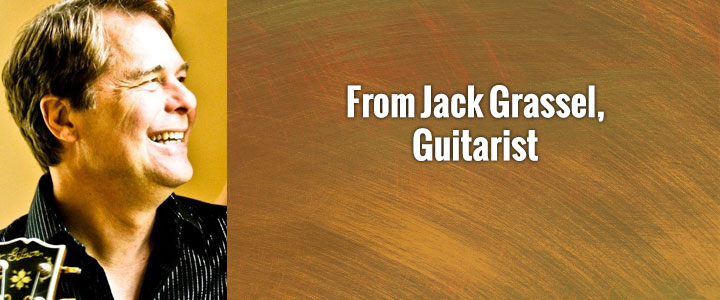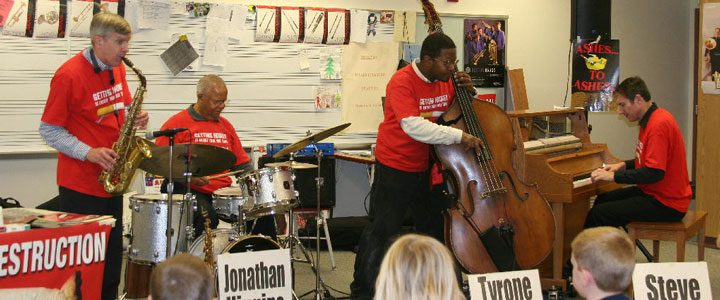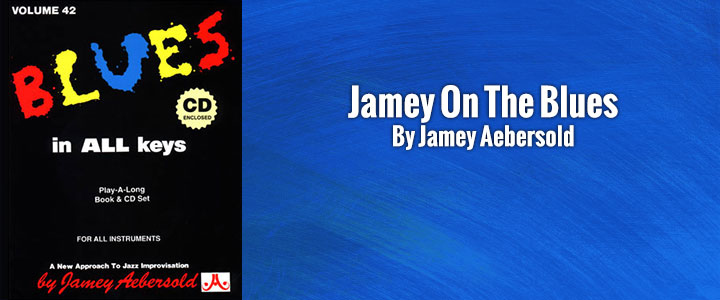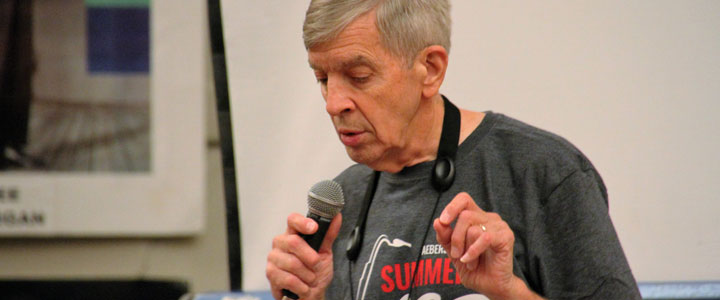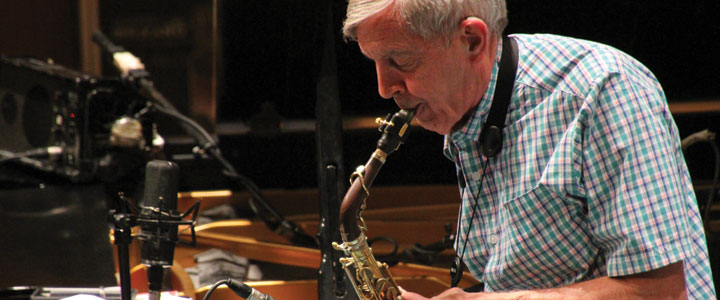I began thinking about all this seriously when I first heard the Bird interview of Paul Desmond and Bird said he practiced 11 to 15 hours a day for three to four years. That was the beginning of me realizing that practice and desire are THE key elements in getting the music out of one’s mind.
Since I’ve been doing clinics for many years and hearing students, people of all ages play their instruments on something as simple as a Dorian minor scale and still not really make any music, there must be a reason why they can’t play MUSIC. I mean phrases that replicate what they would sing with their voice or think with their mind. It comes down to one thing: they don’t have the facility on their given instrument to produce what their mind is hearing. The connection between mind and fingers isn’t complete and in most cases, never started. If you ask them to sing, like I often do, (I had a stage hand at ISU during one clinic sing with me playing chords slowly on the piano) they sing VERY SOPHISTICATED phrases and pick out all the beautiful notes. Their voice never sings a wrong note like their instrument does and the audience hears MUSIC. Ask them to do something similar on their instrument and the world stops dead in its tracks. No music comes out. Frustration raises its head and says “I told you. You can’t do this. Jazz is too hard. It’s not for you! Stop embarrassing yourself. Get back to the written page!”
Everyone can sing and follow complex harmony if the tempo is slow and they are not scared. It’s really exciting to hear people sing while I play and then hear the audience genuinely applaud. THEY ARE MAKING MUSIC. Lack of time spent with their instrument is the culprit.
Once you start to get the train of THOUGHT, matching the fingers, you need to work on articulation, sound, tone, etc. in order to continue playing on your instrument what you hear in you mind. You can’t give up once this process begins. There will be set backs, but they will be overcome with more practice on the instrument. Your mind will always be way out in front of what you can actually play and that’s good. Here’s where listening becomes an important factor in progressing on a daily basis. The thousands of jazz recordings become your private teacher. Listening over and over and then trying to match some of what you hear the jazzers play becomes an exciting part of learning to express yourself and ultimately finding your own musical personality.
Jazz is a special kind of music. It’s for everyone. Not just a few that we may call special. It’s ever new. All of us who are teaching jazz need to realize the music inside every student is worth of our time in coaxing it out of the students mind and into the open via their instrument so WE can hear it. And everyone hears differently and that’s the special part of all this.
